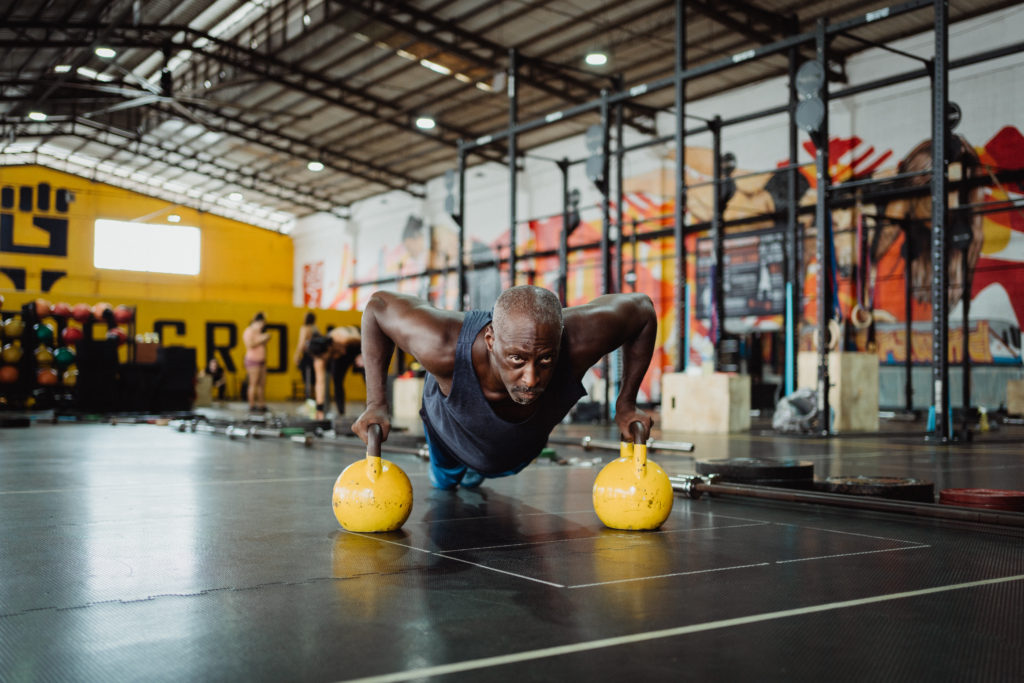There is so much that is known about how to naturally reduce the impact of diabetes on the body. For those who suffer from Type 2 diabetes, individual health plans are the key to success if you are going to attempt to conquer the disease that affects 34 million people a year, or 10 percent of the population.

This article could not be complete if there was no mention of the need to eat healthy. If you do not consume large amounts of sugar and carbohydrates, you do not have to burn them off. It is recommended that anyone with Type 2 diabetes monitor their blood sugar levels on a regular basis to discover what foods spike and reduce blood sugar levels
With COVID-19 and the changes in society today, it is more important that people who working from home exercise to maintain a healthy lifestyle. Any exercise is good exercise, but there are certain exercises that produce better results for maintaining diabetes than others.

High intensity interval training (HIIT) has quickly become the exercise of choice when striving to impact Type 2 diabetes. HIIT involves alternating between short bursts of increased intensity exercise and rest — for instance, running and then walking on and off throughout the workout.
The CDC recommends getting at least 150 minutes a week of brisk walking or similar activity, which comes out to about 30 minutes a day, five times a week. The best part of a HIIT workout plan is it can be done at home, with little to no equipment. HIIT workouts can include: burpees, jumping jacks, push-ups, bicycle kicks, up/downs, short sprinting, planks, resistance band training, and a host of other options. What makes HIIT such a good option for beating and killing diabetes? Here are several benefits:

· HIIT can burn a lot of calories in a short amount of time
· Your metabolic rate is higher for hours after exercise
· It can help you lose fat
· HIIT can improve oxygen consumption
· It can reduce heart rate and blood pressure
· Blood sugar can be reduced by HIIT
By increasing the blood circulation in your body, you effectively reduce the impact that diabetes can have if living a sedentary lifestyle. Studies have shown that intense, interval-based training forms, like HIIT help, blood flow and blood vessel dilation. Blood flow improvements were noticed within an hour or two of exercising. Researchers have noticed that those who do HIIT workouts have better managed glucose levels than those that do not, and even those who exercise with normal steady-state workouts.
So take a few moments and pick your plan, ramp up slowly, and enjoy seeing the results you always envisioned from working out. Type 2 diabetes does not have to be a slow death sentence anymore.


